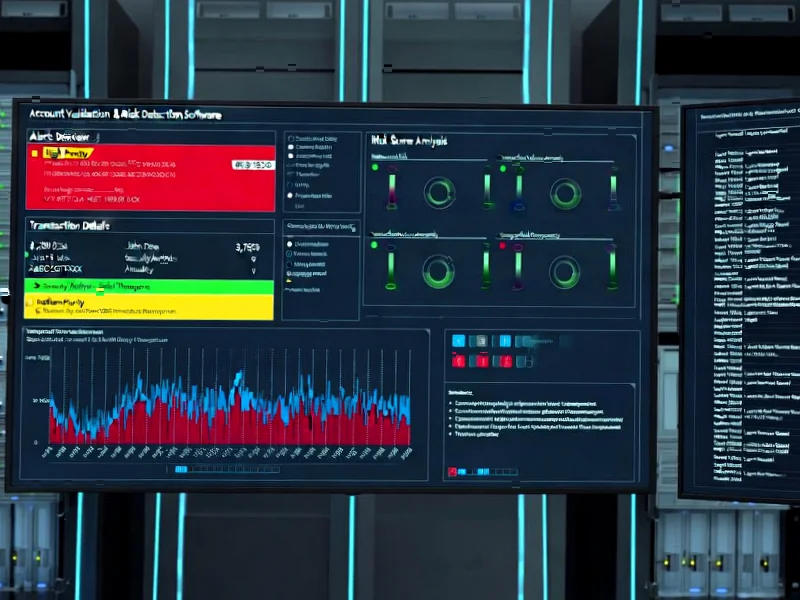According to PYMNTS.com, HSBC has partnered with ValidiFi to implement account validation and risk detection solutions for credit card payments. The integration will use ValidiFi’s data intelligence to verify account ownership, detect fraudulent payment attempts, and identify suspicious behavioral patterns across bank accounts. This collaboration reflects the growing industry need to combat synthetic identities, mule accounts, and payment scams while balancing security with customer experience demands.
Table of Contents
Understanding the Fraud Prevention Landscape
The banking industry faces increasingly sophisticated threats that traditional security measures struggle to address. Synthetic identity fraud, where criminals combine real and fake information to create new identities, has become particularly challenging because these profiles often appear legitimate during initial verification processes. Similarly, mule accounts used to launder money through legitimate-seeming transactions require behavioral analysis beyond simple transaction monitoring. As HSBC and other major institutions digitize their services, the attack surface expands, creating urgency for solutions that can analyze patterns across multiple data points in real-time.
Critical Implementation Challenges
While partnerships like HSBC-ValidiFi represent progress, several implementation hurdles remain unaddressed. False positives present a significant operational cost, where legitimate transactions get flagged as suspicious, creating customer friction and requiring manual review. The effectiveness of behavioral pattern analysis depends heavily on data quality and breadth – limited data networks could miss sophisticated fraud schemes that operate across multiple institutions. Additionally, as executive leadership pushes for these integrations, the technical debt of legacy banking systems often complicates seamless implementation, potentially creating security gaps during transition periods.
Broader Industry Implications
This partnership signals a strategic shift where major banks increasingly rely on specialized fintech providers rather than building solutions in-house. The move acknowledges that fraud detection requires specialized expertise and data networks that extend beyond individual institutions. For regional and smaller banks, this creates competitive pressure to match the security capabilities of global players like HSBC, potentially driving consolidation in the fraud prevention technology market. The emphasis on pre-transaction risk detection also suggests a move toward preventive rather than reactive security, which could reshape how credit card and payment networks approach fraud liability.
Future Security Evolution
The banking security landscape will likely see increased adoption of consortium approaches where multiple institutions share anonymized threat intelligence through secure computer networks. As artificial intelligence and machine learning become more sophisticated, we can expect a shift from rule-based detection to adaptive systems that learn from emerging fraud patterns in real-time. However, regulatory scrutiny around data privacy and algorithmic transparency will likely increase, potentially slowing implementation of the most advanced detection methods. The ultimate challenge will remain balancing robust security with the seamless customer experience that digital banking consumers increasingly demand.



